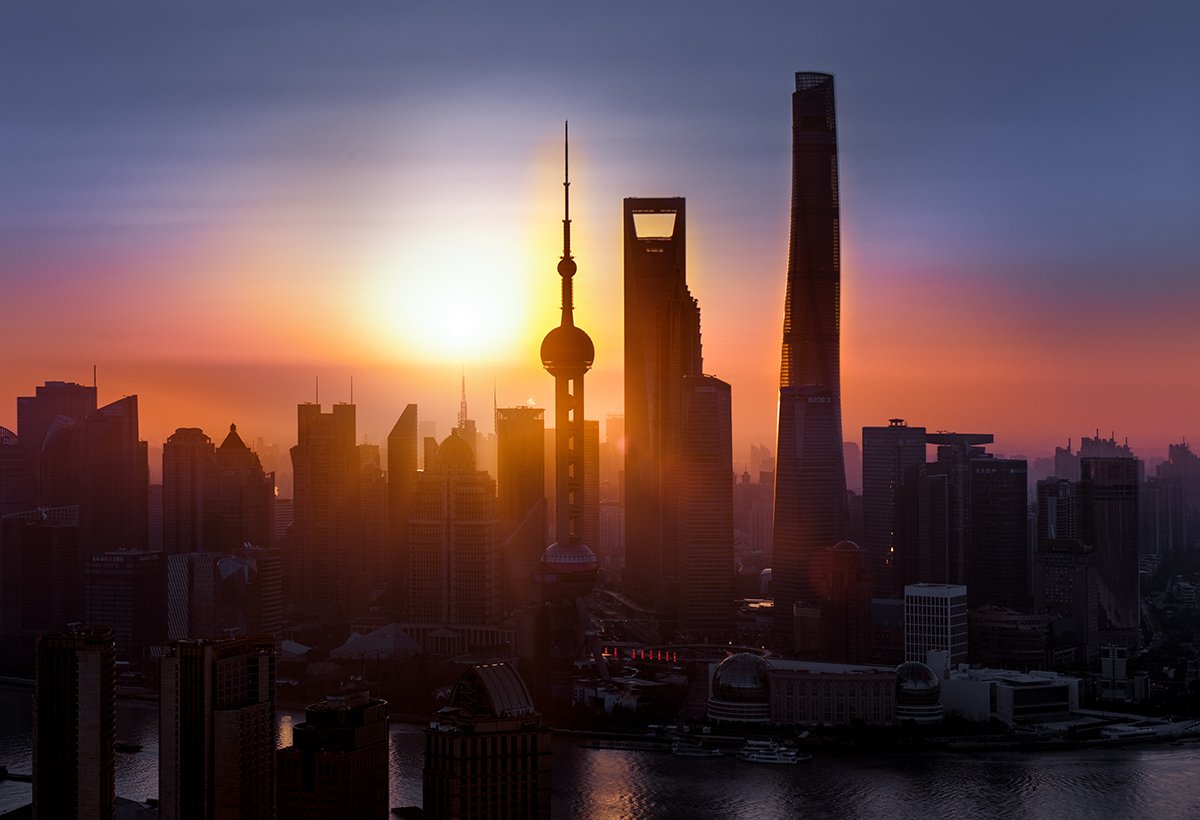Shanghai a reflection of China's future


This openness has also served as a magnet for foreign multinationals looking to set up their regional headquarters.
Located just across the Party's Memorial House is the global flagship store of YSL Beauty, a brand under the L'Oreal Group, which recently selected Shanghai as its North Asia headquarters.
According to the company's North Asia president and China CEO Fabrice Megarbane, this move was made because Shanghai's open nature allows for "a much faster ecosystem to grasp the trends… faster in terms of the decision-making and collaboration needed to capitalize on the 'beauty triangle' formed by Shanghai, Seoul and Tokyo".
This reasoning is synonymous with the city's broader ambition to become a strategic node bridging domestic and international resources. It's an ambition that is very much aligned with the dual-circulation pattern proposed by the central government.
That pattern is among the highlights of the 14th Five-Year Plan (2021-25), the key document charting China's social and economic course for the next five years.
"Shanghai will continue to improve its ability to participate in global trade, finance and technology matters while strengthening domestic consumption, production and technological capabilities to hedge against global market disruptions," noted Huang Renwei, executive deputy director of the Institute of Belt and Road& Global Governance at Fudan University in Shanghai.
While the new pattern reflects the nation's goal of shifting from an export-and investment-centric economy to one that is driven by demand and innovation, the directive now carries more strategic weight given the uncertainty in the global arena caused by the COVID-19 pandemic.
"Because the world has entered a period of turbulence and transformation, Shanghai faces challenges from external changes and emerging opportunities stemming from new rules derived from new global governance patterns," Huang said.
The dual-circulation pattern refers to the two-pronged strategy of spurring domestic demand while catering to overseas markets. In terms of the former, Shanghai has been tasked with spearheading enhancements to the Yangtze River Delta regional integration plan to unlock the true potential of industries including manufacturing, trade, artificial intelligence and finance.


















